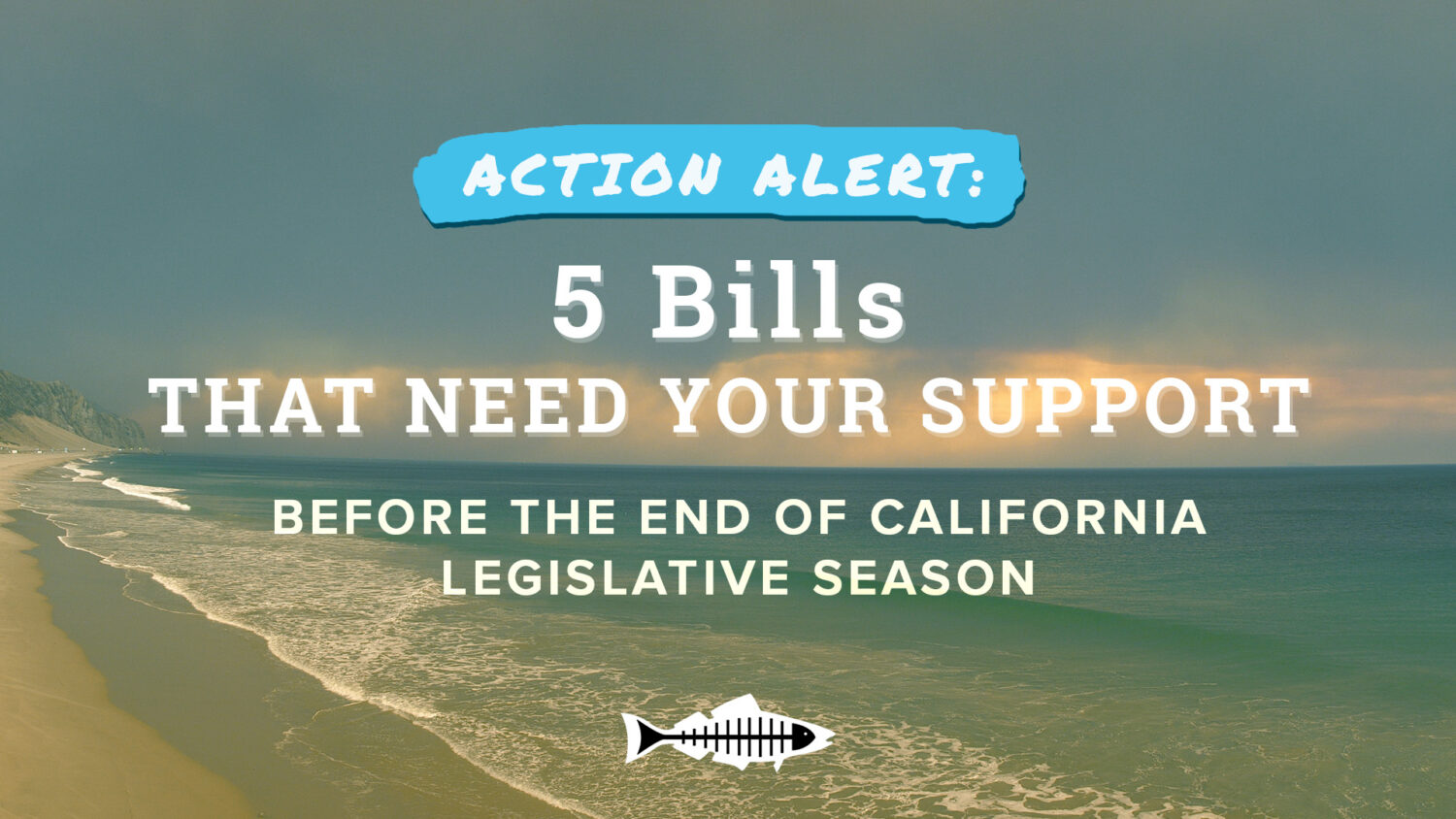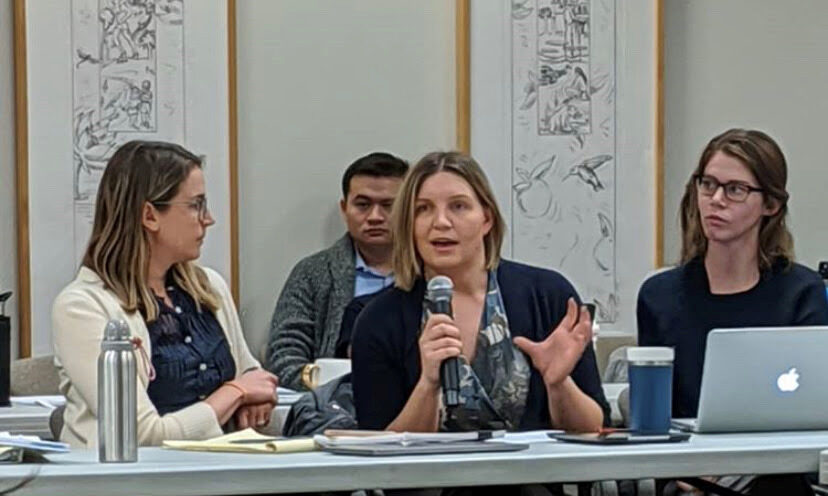Reflecting on a Year of Progress
Heal the Bay achieved significant accomplishments in 2023 in safeguarding our waters, preserving biodiversity, and raising awareness about the importance of environmental conservation. Through our collective efforts and with your unwavering support, we worked tirelessly to create cleaner, healthier, and more sustainable coastal waters and watersheds for Los Angeles and beyond from summit to sea. As we reflect on the achievements of this past year, we are thrilled to carry this momentum into the coming year, always aiming to make a lasting difference. Celebrate them with us!
2023 Highlights

Our expertise was sought after, and our work was celebrated.
In 2023, Heal the Bay was honored for decades of commitment to the environment.
- The City of Los Angeles officially declared October 20, 2023 “Heal the Bay Day in LA” in recognition of nearly four decades of accomplishments including the 20th anniversary of our Angler Outreach Program as well as our Aquarium.
- The 3rd Annual Heal the Bay One Water symposium was convened at Will Rogers State Beach, establishing Heal the Bay as a thought leader among civil engineers, water conservation experts, and local, county, and state legislators.
- Heal the Bay was officially appointed to the LA 28 Environmental Sustainability Committee for the 2028 Summer Olympics.
- Heal the Bay Aquarium celebrated its 20th anniversary with an official ribbon-cutting of a new Welcome Center located on top of the historic and iconic Santa Monica Pier.
The future of our planet starts with better environmental policy.
Heal the Bay played a pivotal role in successfully advancing policies and legislation for the benefit of water quality, affordability, and coastal ecosystems to ensure a more sustainable Los Angeles region and climate-resilient California.
- Heal the Bay, co-sponsored Assembly Bill 1572 (Friedman) alongside the NRDC and the Los Angeles Metropolitan Water District. This new law bans the use of drinking water to irrigate non-functional (purely ornamental) turf on governmental and commercial landscapes; and is expected to save the equivalent amount of water that 780,000 households use in a year.
- Heal the Bay advocated for water quality protection at the Boeing Santa Susana Field Laboratory site in Simi Valley. The Los Angeles Regional Water Board voted in October to keep regulations on surface water that flows from this previous industrial site, keeping stringent water quality limits, adding more monitoring, and addressing the potential for surface water pollution to impact groundwater, a huge win in the ongoing battle for water quality protection.
- Our policy team worked to legally strengthen and streamline fishing regulations to make fishery enforcement more equitable through Assembly Bill 1611 (Lowenthal). This new Heal the Bay sponsored law was supported by conservationists and fishery regulatory agencies alike as a win-win for both nature and the fishing community.
- Heal the Bay co-authored a new (and well-received) Vision 2045 Report and shared it with LA County decision-makers who are tasked with overseeing the ambitious Safe, Clean, Water Program (SCWP). This collaborative “vision” laid out a roadmap of bolder goals, and recommendations to more quickly and definitively reach 2045 SCWP targets.
It Takes a Very Large Village.

This year Heal the Bay published its first Volunteer Impact Report highlighting the accomplishments of our 22,017 volunteers from the 2022 season, which paved the way for the many volunteer successes of 2023.
- In 2023, Heal the Bay volunteers collected more than 22,000 pounds of trash and contributing 71,048 hours to protecting our precious watershed and coastal waters!
- In September, Heal the Bay mobilized 7,337 volunteers on Coastal Cleanup Day, removing 16,211 pounds of trash (including 429 pounds of recyclables) from greater Los Angeles coastlines and waterways.
- Heal the Bay’s work is powered by everyday heroes and Spectrum News highlighted one of our dedicated volunteers.
Sticking a Fork in Plastic at the Source
Recognizing the urgent need to combat plastic pollution, Heal the Bay continues impactful campaigns encouraging individuals and businesses to adopt sustainable practices. For several years, staff has been working with LA City and County to help create legislation aiming to break the harmful plastic cycle. By advocating for reducing single-use plastics and promoting responsible waste management, we took significant steps toward a plastic-free future.
- Our “No Bag November” campaign reaffirmed Heal the Bay’s commitment to a plastic-free Los Angeles. Through partnerships and community activations, No Bag November urged Angelenos to say “no” to single-use plastic bags and encouraged everyone to grab their reusable bags instead.
- In 2023, the implementation of THREE new laws made big waves for the environment as a means to reduce plastic in our oceans.
- As a leader in the Reusable LA Coalition, we co-launched the “Hold the Plastic, please,” campaign to educate businesses and the public about LA City and County plastic bans that Heal the Bay and partners advocated to pass.
Environmental Health IS Public Health
In 2023, Heal the Bay continued its relentless commitment to ocean water and freshwater quality from summit to sea.
- Since its launch in 2003, Heal the Bay’s Angler Outreach Program (in partnership with the Environmental Protection Agency) has educated more than 190,000 anglers about which fish are contaminated, and which are safer to eat.
- Our annual Beach Report Card released this year remains the gold standard, providing access to the latest water quality information based on levels of fecal-indicator bacterial pollution in the ocean at over 700 beaches. For more than 30 years, our annual report has assigned “A-to-F” letter grades and ranked the “Best and Bummer” lists across beaches from Washington State to Tijuana, Mexico.
- The 5th annual River Report Card was also released, ranking freshwater quality and providing grades for 35 freshwater recreation areas in Los Angeles County tested during the summer of 2022. This summer we debuted our upgraded River Report Card with an intuitive letter grading system and celebrated the achievements of our 2023 Summer Stream Team. These two programs are at the forefront of our efforts to keep LA’s waters safe and enjoyable for all.
Conservation and Marine Protection Are Key to Our Mission

Heal the Bay reaffirmed its commitment to biodiversity through both volunteer activations and the tireless efforts of our husbandry, operations, and education Aquarium teams.
- Heal the Bay Aquarium plays a pivotal role in species conservation through research, breeding programs, and public awareness campaigns. In 2023, sixteen fish, three swell sharks, and dozens of moon jellies were born at the Aquarium; and our animal care team released five species of protected and rehabilitated marine life including a keystone species, the California Sheephead fish, and a critically endangered Giant Spotted Bass into the Santa Monica Bay. By releasing these animals back into the wild, Heal the Bay continues its mission to protect and support the biodiversity of wild fish populations.
- As part of our collective commitment to successful conservation efforts, Heal the Bay Aquarium officially joined the Association of Zoos and Aquariums (AZA) Wildlife Trafficking Alliance. As an official member of US Fish & Wildlife Department’s Wildlife Confiscation Network pilot program, the aquarium is certified to care for the well-being of wildlife confiscated from illegal trade.
- Heal the Bay’s Science and Policy Team successfully advocated for state funding to research DDT in 2022-23 and is now working as part of a coalition to lead public meetings and educate Californias on the impacts of DDT on public health and biodiversity.
- As a watchdog for Marine Protected Areas, Heal the Bay’s MPA Team is actively contributing and analyzing critical data on California’s first decade-long review that began in 2023. One of the biggest conclusions of the review highlighted the fact that protecting these precious estuaries for the past decade has worked, allowing for flourishing biodiversity, larger populations, and bigger individual animals in these safeguarded areas.
Environmental Justice is a pillar of environmental health.
This year Heal the Bay stood up to big oil and continued to advocate for communities that experience the worst systemic and often immediate impacts of environmental injustice and climate change.
- For decades Heal the Bay has advocated alongside organizations like Stand Together Against Neighborhood Drilling to oppose oil drilling in Los Angeles neighborhoods, a practice long seen as an environmental injustice and a public health crisis. In October of 2023, the LA County Regional Planning Commission voted in support of phasing out oil drilling in the Inglewood Oil Field, one of the largest neighborhood oil fields in the country.
- In 2023 Heal the Bay publicly endorsed the Campaign for a Safe and Healthy California and will work alongside public health groups, community and faith organizations, and environmental justice leaders from across California to “KEEP THE LAW” (SB 1137) on the November 2024 ballot. This law prohibits new oil wells within 3,200 feet of homes, schools, day care centers, parks, healthcare facilities, and businesses.
Environmental Education, Outreach and Sharing our Passion to Protect What We Love
Education remained a cornerstone of our mission. In 2023, Heal the Bay expanded our outreach program, teaching schools and communities to understand the importance of environmental conservation and the role each individual can play.
- Through innovative approaches and interactive science-based programs, educational efforts continued to inspire and inform diverse audiences. The Heal the Bay Aquarium field trip program sponsored 10,285 students from 22 school districts in LA County— 79% were Title 1 schools.
- This year, “Coastal Cleanup Education Day” at the Aquarium hosted more than 250 3rd-5th grade students from across Los Angeles County for a day of beach exploration, scientific excursions, pollution education, and hands on learning while having some fun in the sun.
- Heal the Bay Science Camp is an opportunity to foster a deeper connection with marine life in early educational development. In 2023, Spectrum News featured the program. There are still a few spots available January 2-5 “Extreme Winter” Science Camp. Register your future scientist here.
Cheers to 2023

As we look back on 2023, Heal the Bay celebrates a year of accomplishments, resilience, and collaboration. These achievements underscore the collective efforts of our dedicated team, volunteers, and supporters who made a positive impact on the health of our oceans and coastal ecosystems.
Here’s to a future filled with even greater strides toward a sustainable and thriving planet!
Looking to the Future with 2024 in our sights

In 2024, Heal the Bay will enter a bold five-year strategic plan with a focus on protecting and restoring the Los Angeles environment and water. The plan aims to improve water quality, increase access to clean water, and advocate for policies that benefit the environment. We have outlined specific goals and initiatives, such as reducing plastic pollution, restoring wetlands, and engaging communities in environmental education and action.
Thank you for all our supporters both past and present.



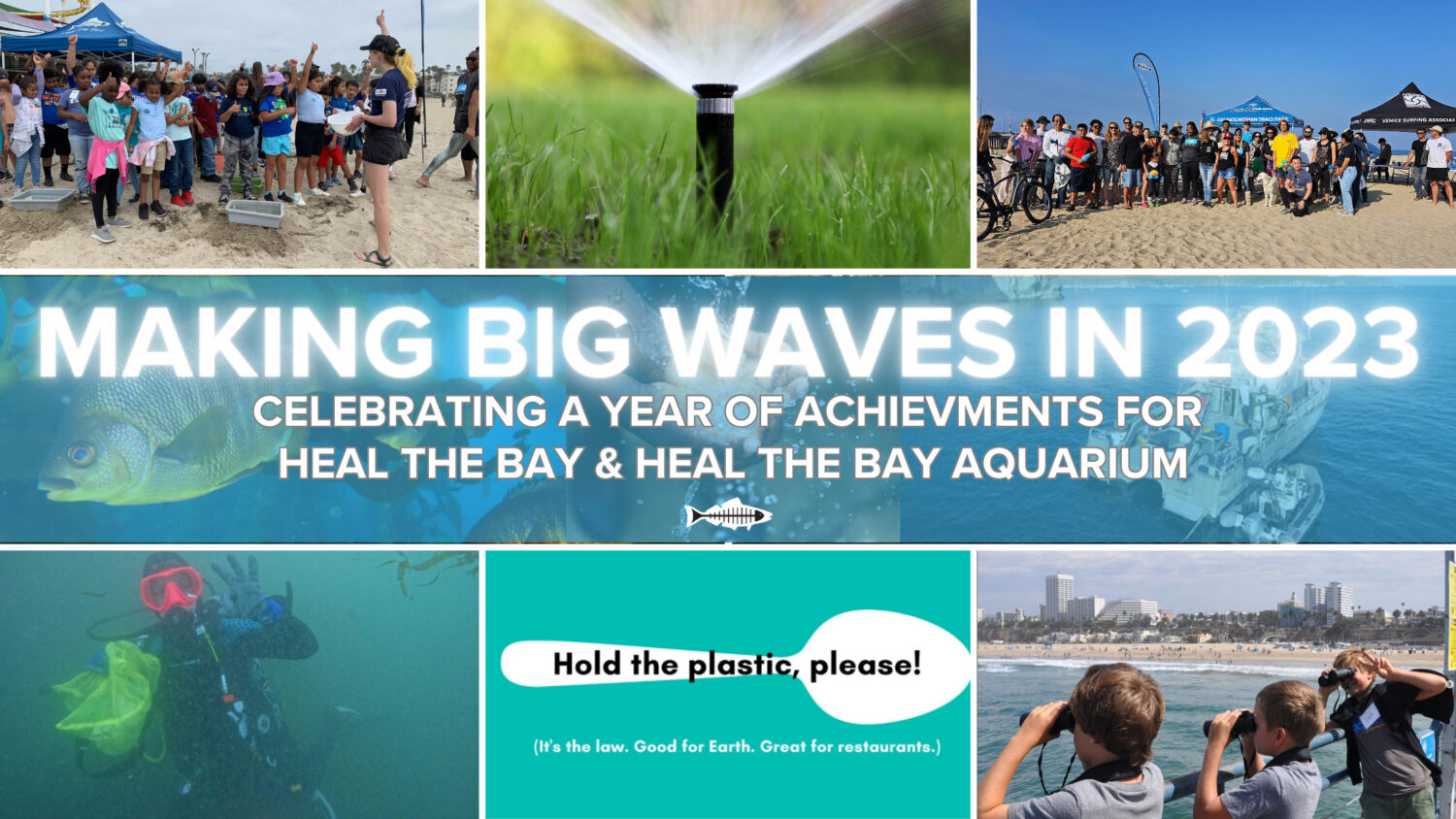
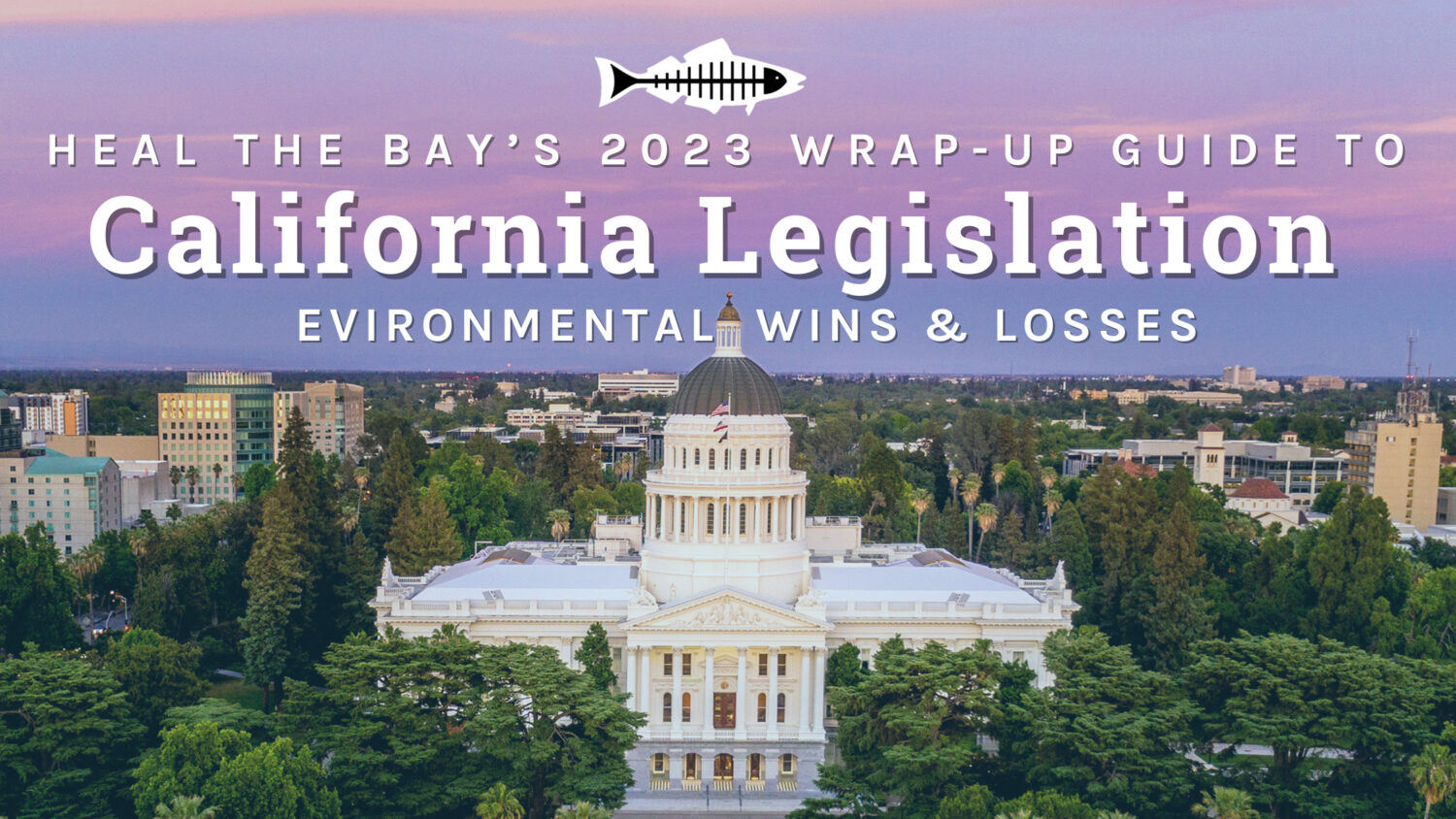
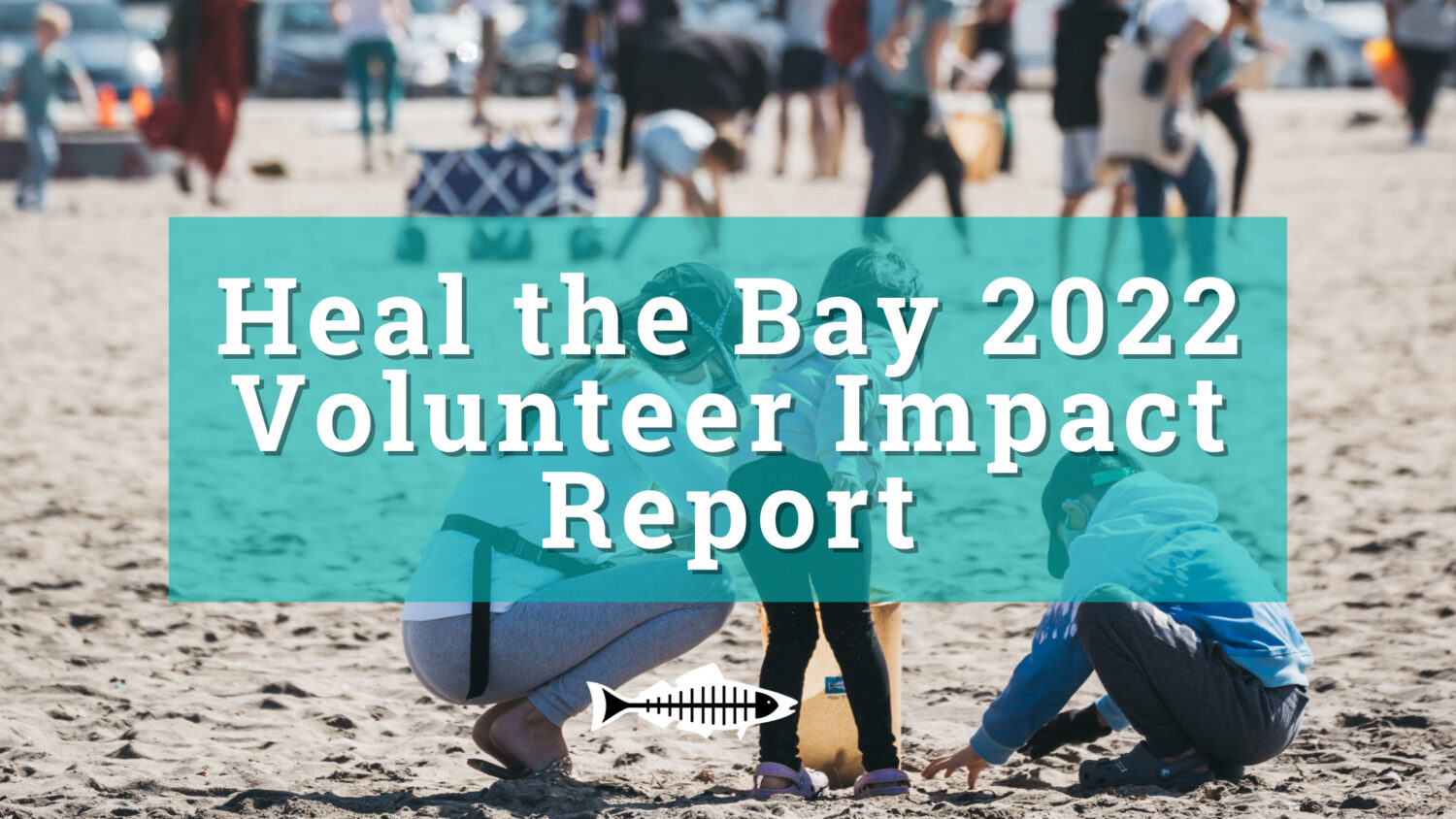

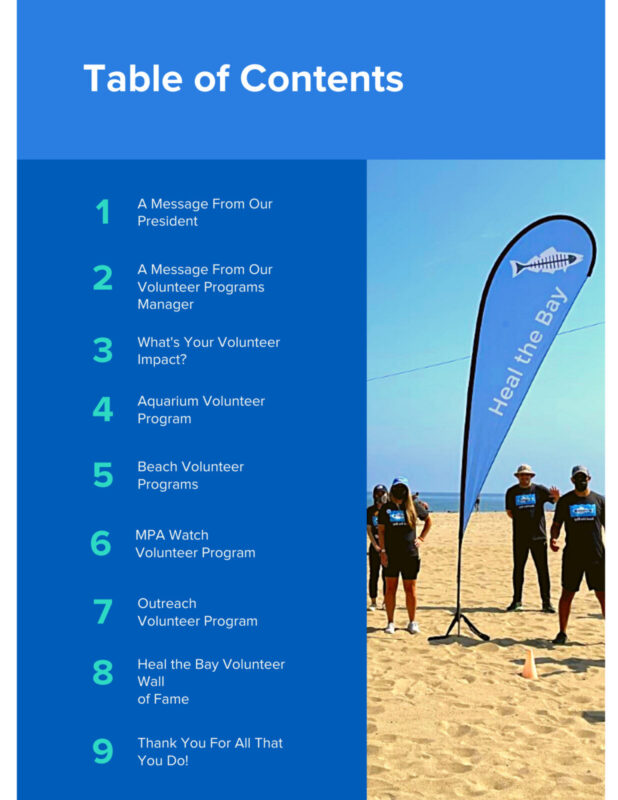
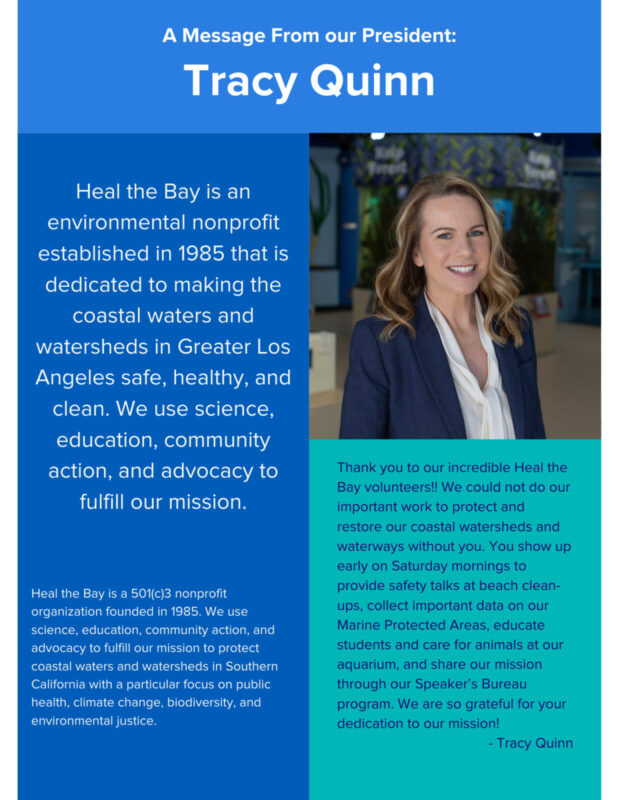
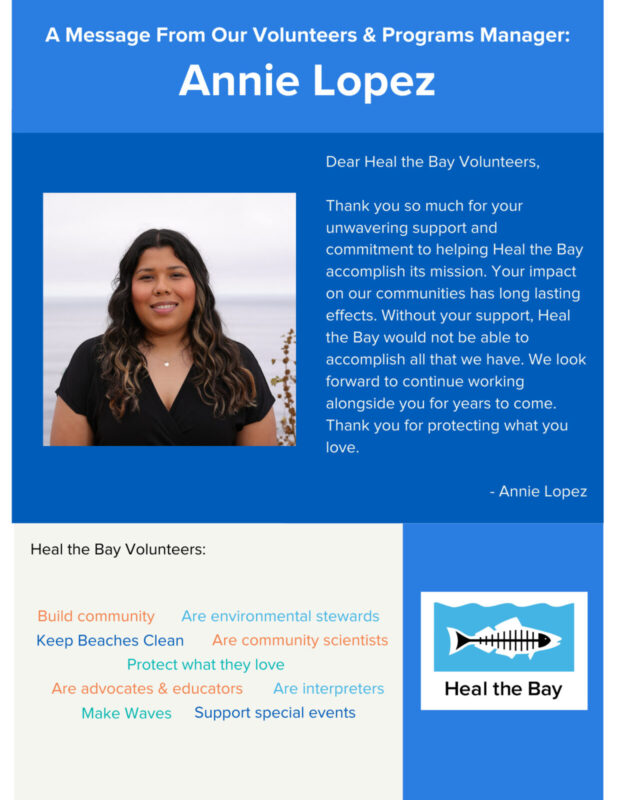
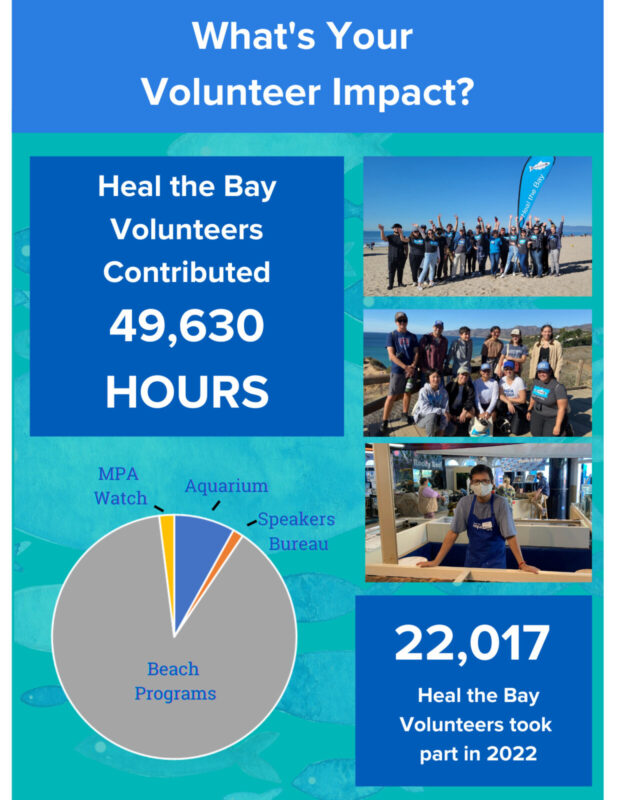
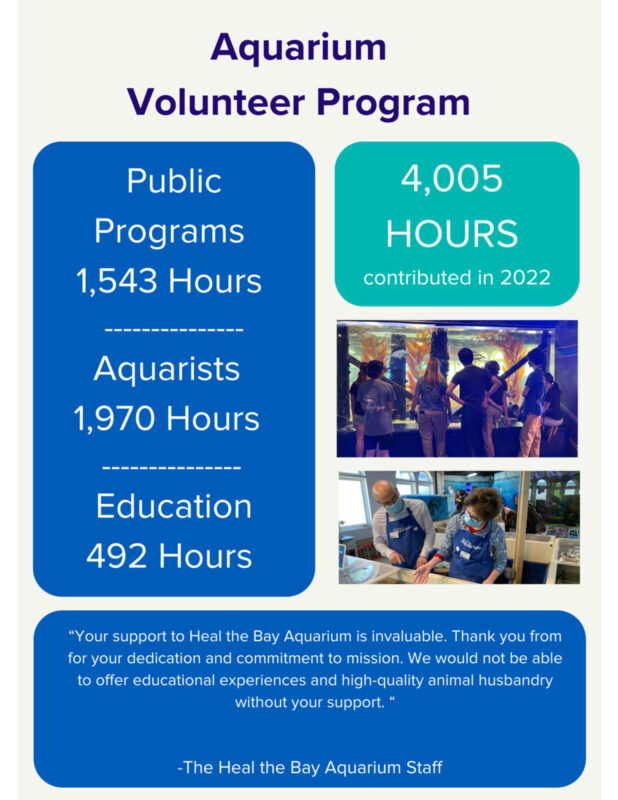
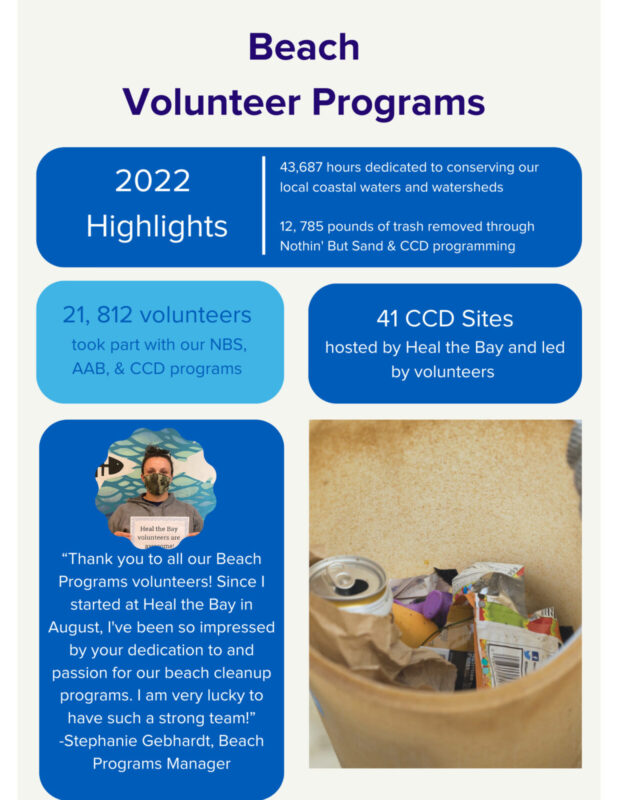
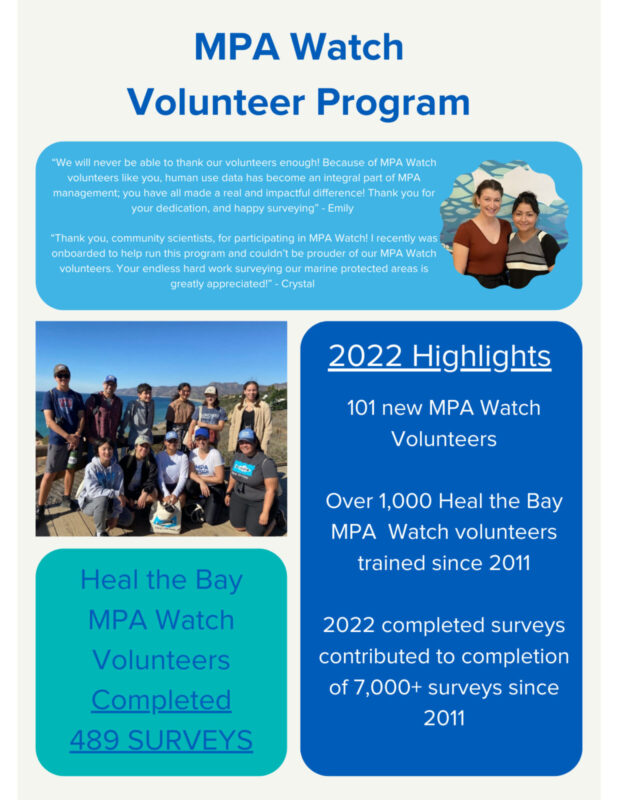
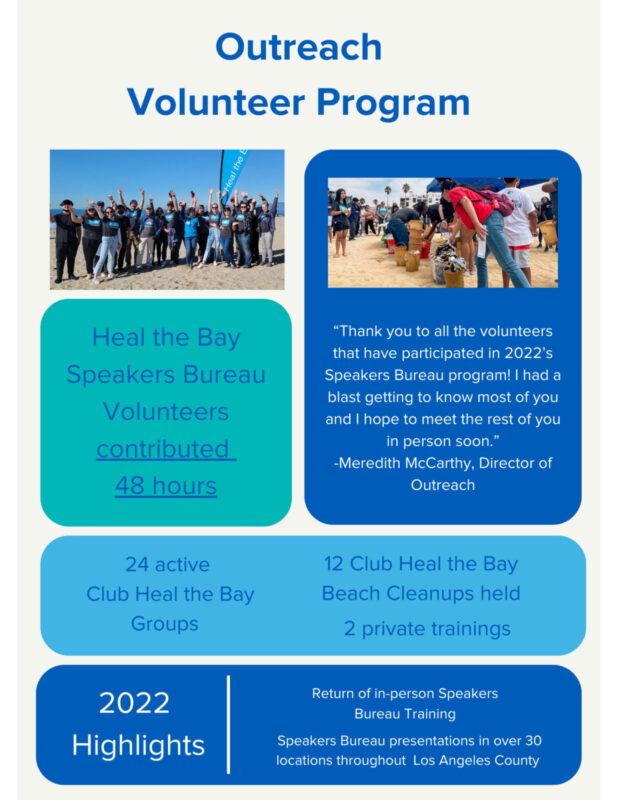
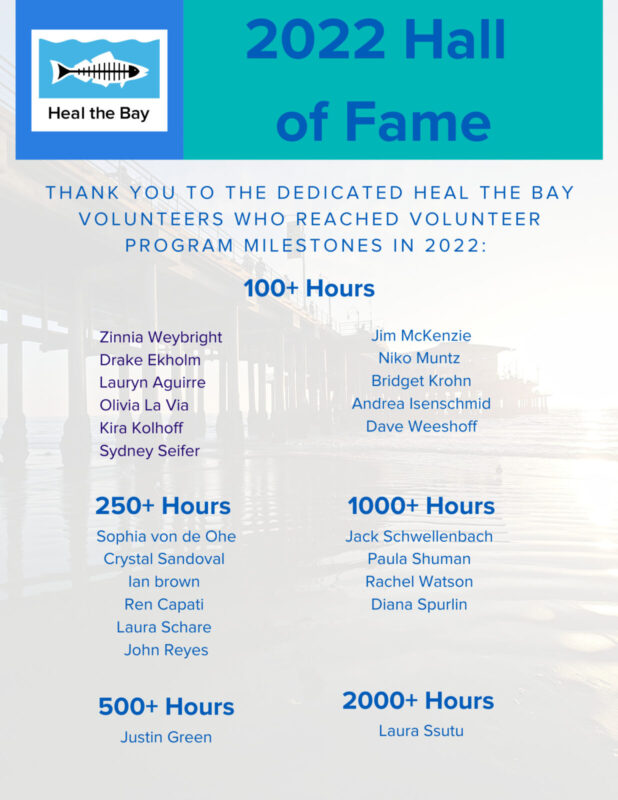
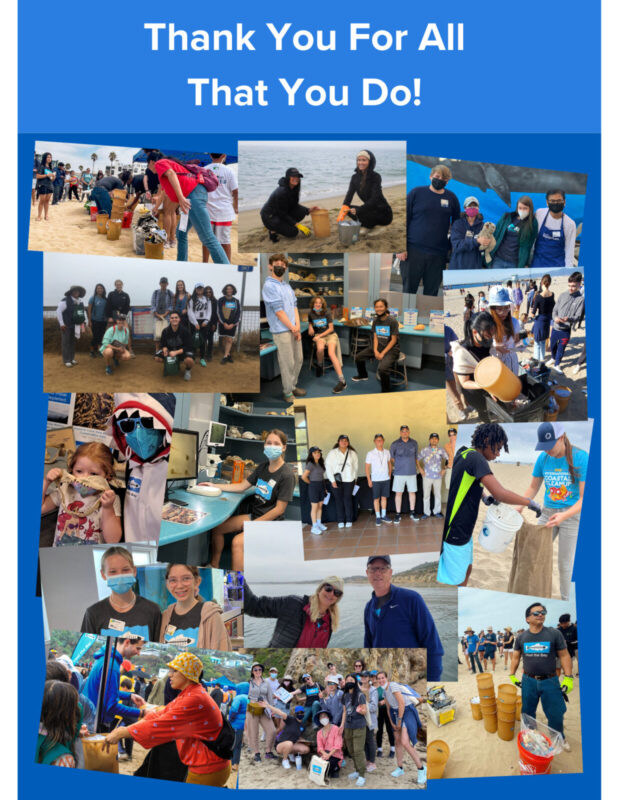
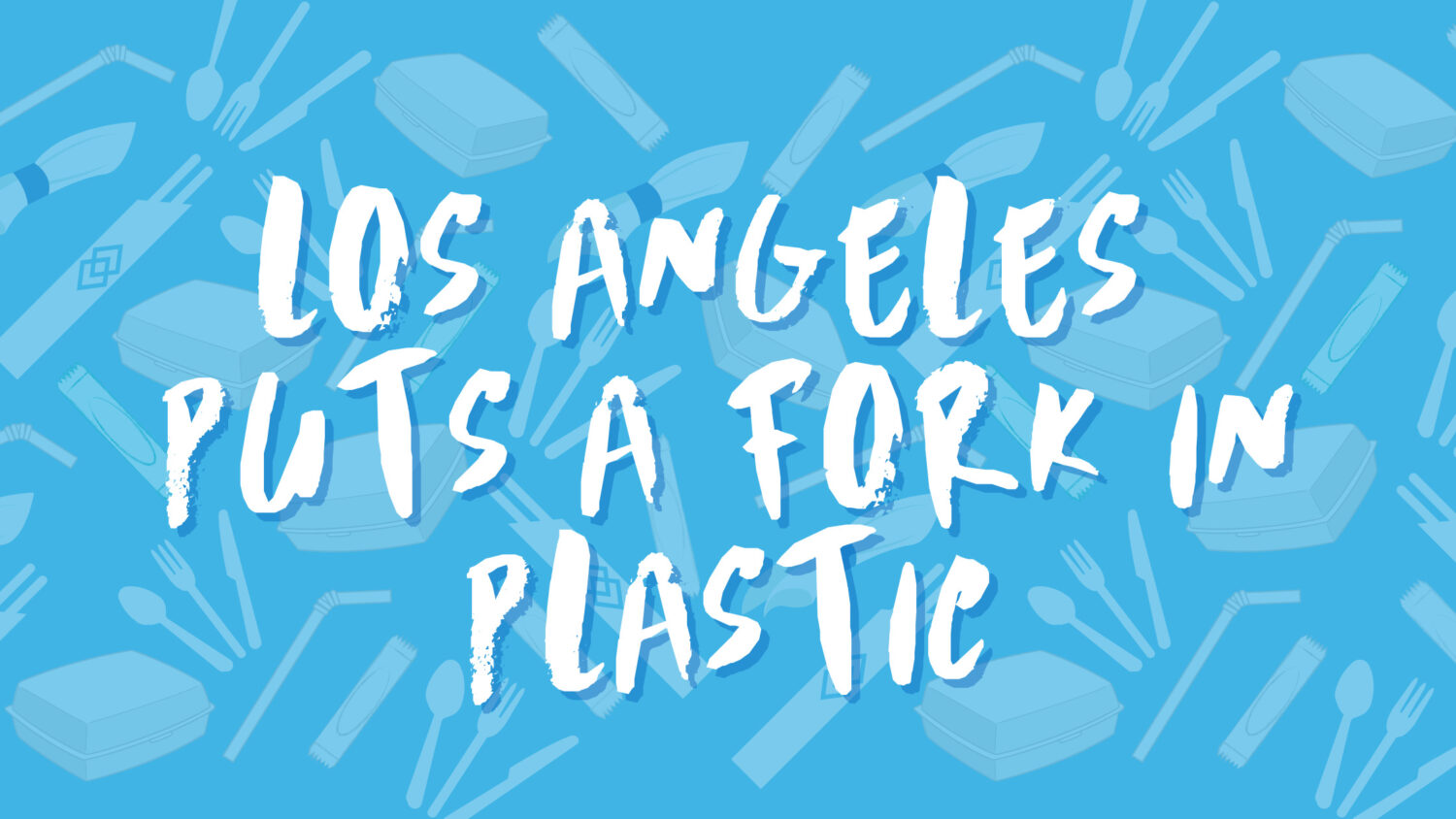
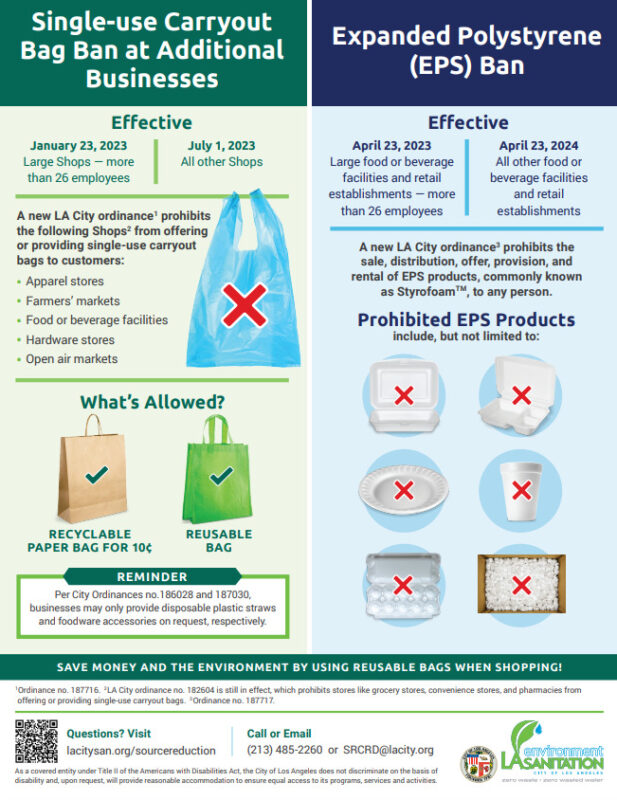

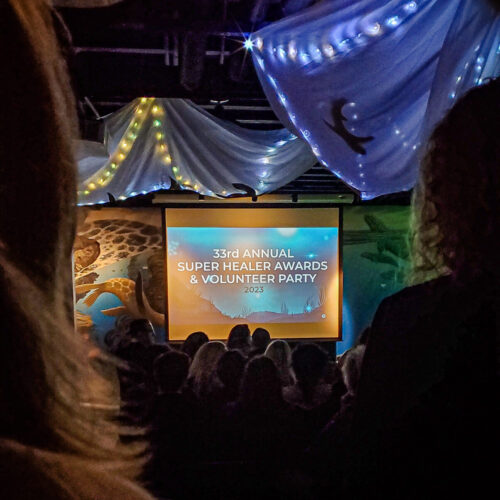
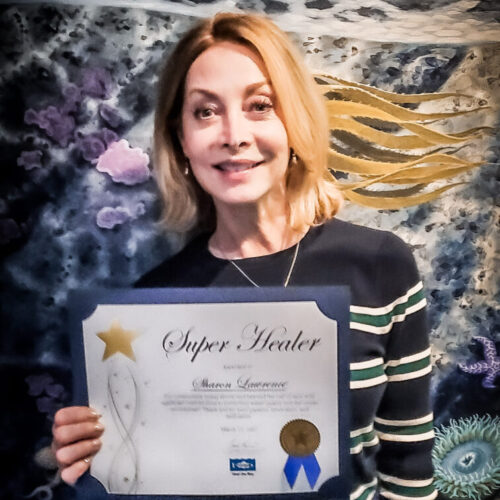
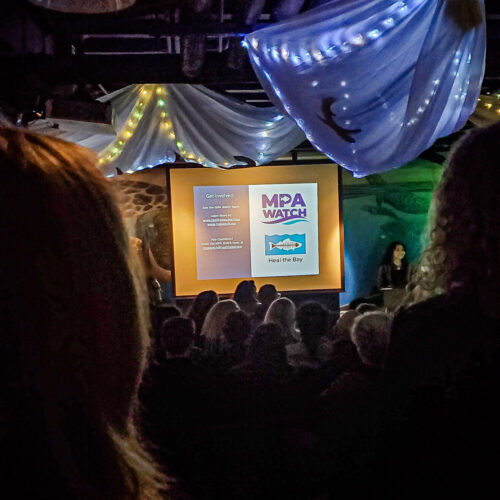
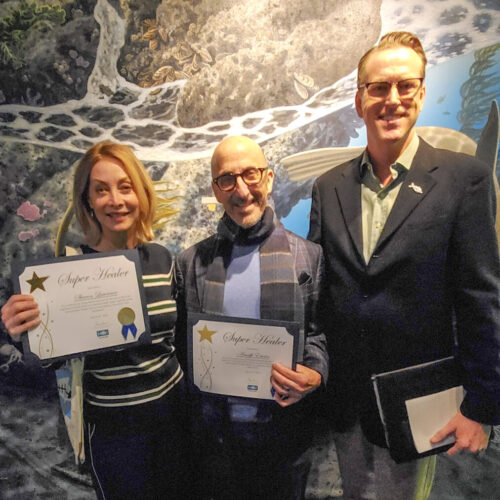
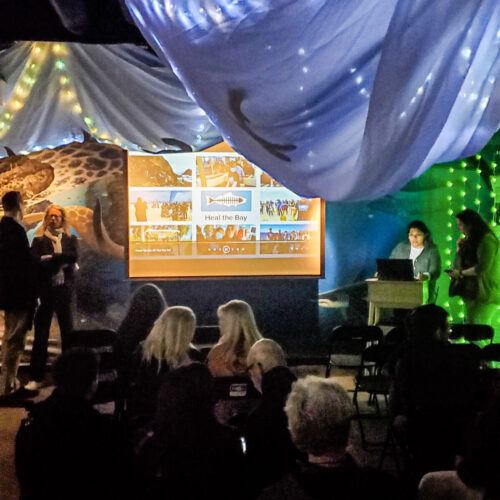

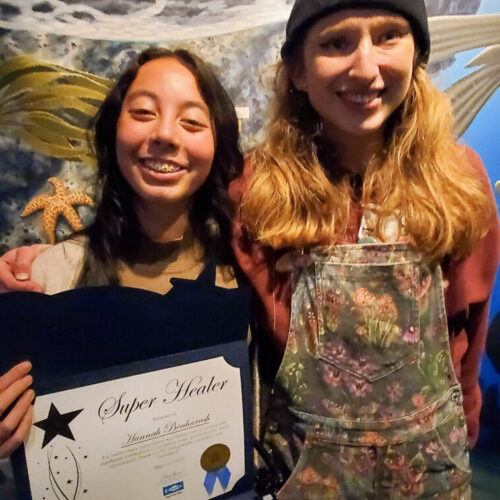
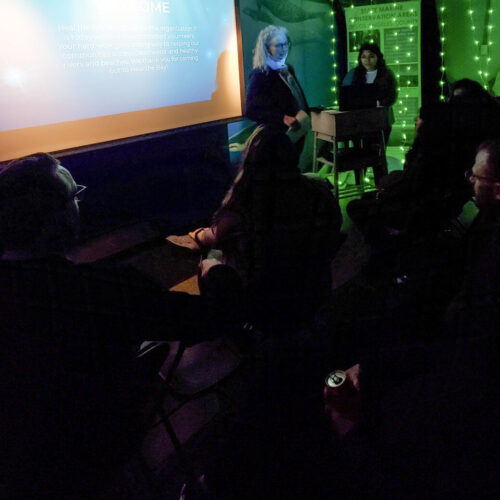
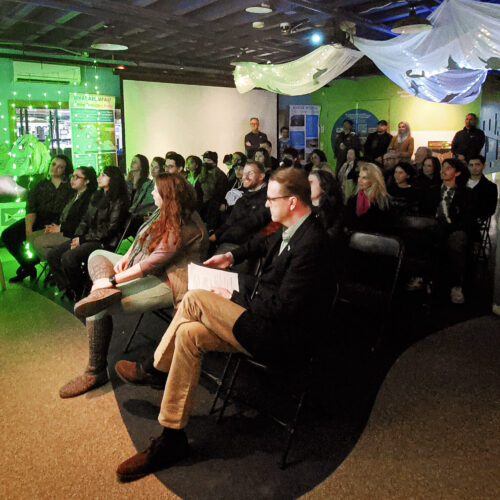
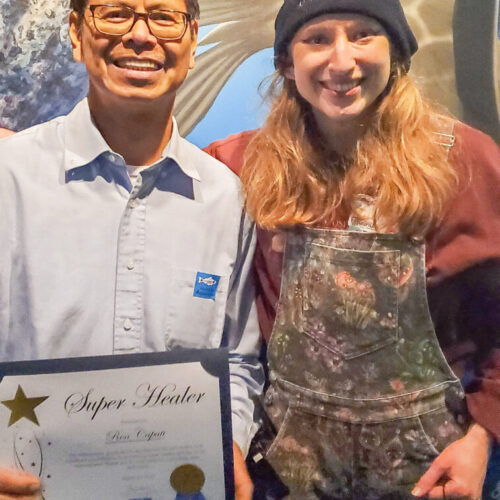



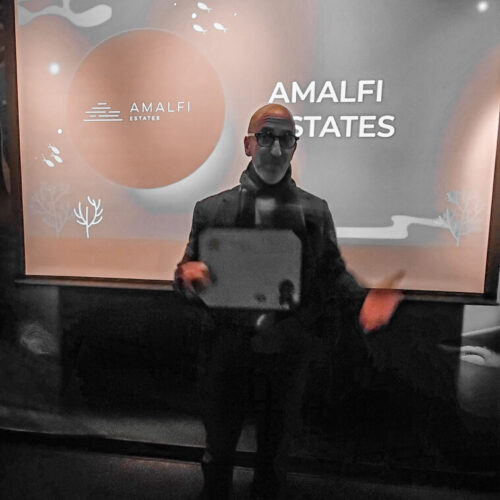

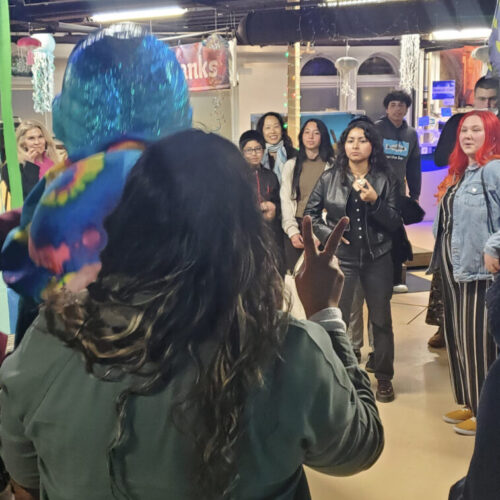
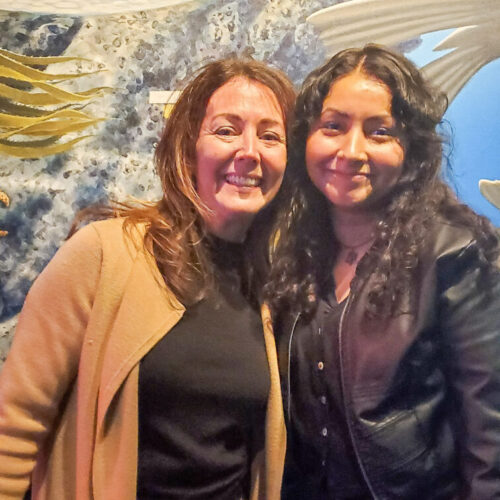
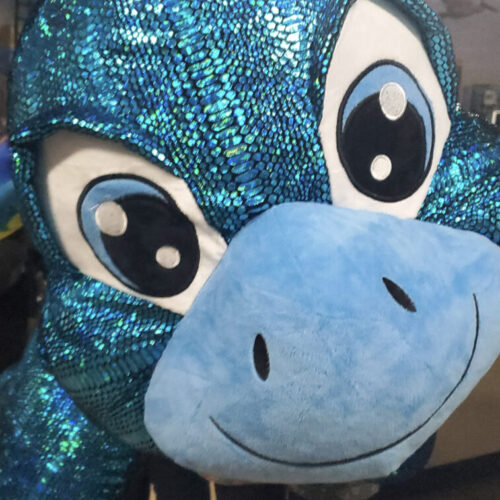
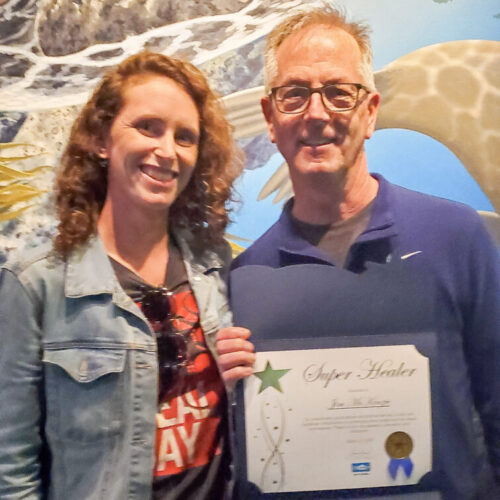
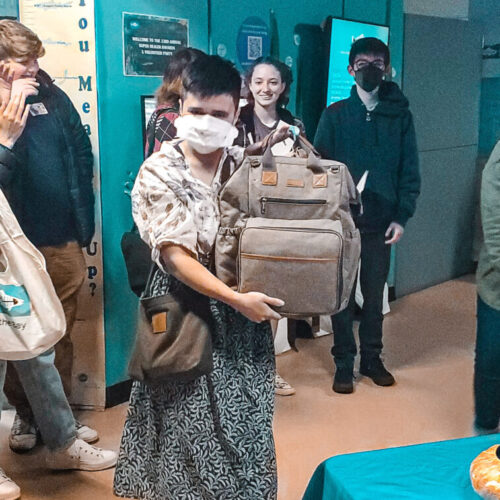
 Tim began volunteering with Heal the Bay in 2017. Through the years, Tim has been instrumental to the Beach Captains team for Nothin’ But Sand and Heal the Bay public cleanup programs. In the past, Tim represented Heal the Bay at tabling events in the community and helped spread our virtual Knowledge Drop education series at the height of the COVID-19 pandemic. Tim brings a strong sense of community to each cleanup and ensuring all team members feel informed and involved along the way, commanding the attention of our cleanup volunteers at Nothin’ But Sand every month, ensuring a safe cleanup. At the end of the cleanup, Tim leads the charge, weighing the trash and transporting large items to the dumpster, often by himself. There is no task Tim isn’t willing to do.
Tim began volunteering with Heal the Bay in 2017. Through the years, Tim has been instrumental to the Beach Captains team for Nothin’ But Sand and Heal the Bay public cleanup programs. In the past, Tim represented Heal the Bay at tabling events in the community and helped spread our virtual Knowledge Drop education series at the height of the COVID-19 pandemic. Tim brings a strong sense of community to each cleanup and ensuring all team members feel informed and involved along the way, commanding the attention of our cleanup volunteers at Nothin’ But Sand every month, ensuring a safe cleanup. At the end of the cleanup, Tim leads the charge, weighing the trash and transporting large items to the dumpster, often by himself. There is no task Tim isn’t willing to do. 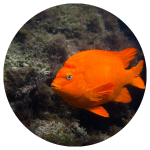 Since joining Heal the Bay’s MPA Watch Program in February 2020, John has conducted more than 385 MPA Watch surveys. His surveys alone account for more than 25% of the submitted surveys on behalf of Heal the Bay’s MPA Watch program. John’s increased resolution in our data came during an exceptional need to record unprecedented changes in human recreational and consumptive behavior in response to the global COVID-19 pandemic. John was awarded the MPA Watch Super Healer award in 2020 and his dedication to Heal the Bay has only grown stronger, serving as an active volunteer, a Beach Captain at monthly NBS beach clean-ups, Suits on the Sand events, and at Heal the Bay’s Coastal Cleanup Day in 2022. John’s contributions are invaluable
Since joining Heal the Bay’s MPA Watch Program in February 2020, John has conducted more than 385 MPA Watch surveys. His surveys alone account for more than 25% of the submitted surveys on behalf of Heal the Bay’s MPA Watch program. John’s increased resolution in our data came during an exceptional need to record unprecedented changes in human recreational and consumptive behavior in response to the global COVID-19 pandemic. John was awarded the MPA Watch Super Healer award in 2020 and his dedication to Heal the Bay has only grown stronger, serving as an active volunteer, a Beach Captain at monthly NBS beach clean-ups, Suits on the Sand events, and at Heal the Bay’s Coastal Cleanup Day in 2022. John’s contributions are invaluable John Reyes attends every Heal the Bay volunteer opportunity. There isn’t a cleanup program or Heal the Bay event that John is not involved. Since 2018, John has captained Coastal Cleanup Day sites in Dockweiler State Beach and even organized his own Adopt-A-Beach team, “the Beach Reacher’s”, to clean up would-be marine debris from L.A.’s inland watershed. John is always one of the first volunteers to sign up to support special Heal the Bay events such as the Trash Bowl and Golf Open. Even during the rainy seasons John joins our Storm Response cleanup efforts. His leadership at Nothin But Sand Cleanups are instrumental and he has volunteered at over 100 Suits on the Sand cleanups. The current Beach Programs team wishes to express the greatest gratitude for John’s dedication and outstanding support.
John Reyes attends every Heal the Bay volunteer opportunity. There isn’t a cleanup program or Heal the Bay event that John is not involved. Since 2018, John has captained Coastal Cleanup Day sites in Dockweiler State Beach and even organized his own Adopt-A-Beach team, “the Beach Reacher’s”, to clean up would-be marine debris from L.A.’s inland watershed. John is always one of the first volunteers to sign up to support special Heal the Bay events such as the Trash Bowl and Golf Open. Even during the rainy seasons John joins our Storm Response cleanup efforts. His leadership at Nothin But Sand Cleanups are instrumental and he has volunteered at over 100 Suits on the Sand cleanups. The current Beach Programs team wishes to express the greatest gratitude for John’s dedication and outstanding support. Actress, philanthropist, and leader Sharon Lawrence is known to most as the
Actress, philanthropist, and leader Sharon Lawrence is known to most as the  Anthony Marguleas of Amalfi Estates often notes: “we are a philanthropic company that excels at selling real estate. Alongside our commitment to our clients stands our commitment to our community.” Every year the Amalfi team donates 10% of their commissions to Heal the Bay among six L.A. charities.
Anthony Marguleas of Amalfi Estates often notes: “we are a philanthropic company that excels at selling real estate. Alongside our commitment to our clients stands our commitment to our community.” Every year the Amalfi team donates 10% of their commissions to Heal the Bay among six L.A. charities.  Andrea is an actress, filmmaker, and artist, but we all know and love her as one of our most dedicated Beach Captains and Speakers. She has been a Heal the Bay volunteer for many years, inspiring countless attendees at our Nothin’ But Sand Beach Cleanups with her energizing educational safety talks. Rain or shine Andrea is always ready to help setup at the beach and a reliable amplifier promoting Heal the Bay’s messaging and advocacy through social media often serving as impromptu social media photographer for the Communications team. This year, Andrea furthered her passion for Heal the Bay’s mission with the completion on “Marina the Mermaid”. the single-use plastic recycle. This 6-foot-tall recycled mannequin is adorned with pounds of items collected during Nothin’ But Sand Cleanups and her own self-cleanups. Her artwork will be on display during the entirety of Earth Month this April at the Heal the Bay Aquarium to raise environmental awareness.
Andrea is an actress, filmmaker, and artist, but we all know and love her as one of our most dedicated Beach Captains and Speakers. She has been a Heal the Bay volunteer for many years, inspiring countless attendees at our Nothin’ But Sand Beach Cleanups with her energizing educational safety talks. Rain or shine Andrea is always ready to help setup at the beach and a reliable amplifier promoting Heal the Bay’s messaging and advocacy through social media often serving as impromptu social media photographer for the Communications team. This year, Andrea furthered her passion for Heal the Bay’s mission with the completion on “Marina the Mermaid”. the single-use plastic recycle. This 6-foot-tall recycled mannequin is adorned with pounds of items collected during Nothin’ But Sand Cleanups and her own self-cleanups. Her artwork will be on display during the entirety of Earth Month this April at the Heal the Bay Aquarium to raise environmental awareness. Celina is a real Ocean Hero, dedicating extensive time and effort to interpreting marine life for the public at the Heal the Bay Aquarium. She has helped countless visitors interact with ocean creatures for the first time at the Aquarium while exercising unwavering advocacy for the animals that live in Santa Monica Bay. Celina inspires people to connect with the ocean. We are so grateful to you, Celina, for all that you have done!
Celina is a real Ocean Hero, dedicating extensive time and effort to interpreting marine life for the public at the Heal the Bay Aquarium. She has helped countless visitors interact with ocean creatures for the first time at the Aquarium while exercising unwavering advocacy for the animals that live in Santa Monica Bay. Celina inspires people to connect with the ocean. We are so grateful to you, Celina, for all that you have done! Hannah is a Heal the Bay regular and is always open to new experiences. Whether breaking down birthday parties or interpreting at the touch tanks on busy weekends, Hannah has made our aquarium programs unforgettable. Hannah is not only enthusiastic and dedicated but also extremely well-known for their unmatched button-making skills! We are grateful to Hannah for always coming to our rescue at the Heal the Bay Aquarium when it is needed the most.
Hannah is a Heal the Bay regular and is always open to new experiences. Whether breaking down birthday parties or interpreting at the touch tanks on busy weekends, Hannah has made our aquarium programs unforgettable. Hannah is not only enthusiastic and dedicated but also extremely well-known for their unmatched button-making skills! We are grateful to Hannah for always coming to our rescue at the Heal the Bay Aquarium when it is needed the most.  Sophia is a Wave Maker who has inspired her peers to take action in support of environmentalism. An amazing advocacy teacher for all our new public programs volunteers, Sophia dedicated time to the Aquarium by ensuring guests responsibly interacting with our animals. . Sophia is a kindhearted leader with compassion for the ocean, and we are proud to have her on our team.
Sophia is a Wave Maker who has inspired her peers to take action in support of environmentalism. An amazing advocacy teacher for all our new public programs volunteers, Sophia dedicated time to the Aquarium by ensuring guests responsibly interacting with our animals. . Sophia is a kindhearted leader with compassion for the ocean, and we are proud to have her on our team. Ren is a stellar Public Programs volunteer. Extremely knowledgeable, dependable, and always curious, Ron has been volunteering with the Public Programs team for more years than some senior staff members! We love talking with Ren about discoveries in marine science, and are grateful for Ren’s infectious passion as part of the Heal the Bay team!
Ren is a stellar Public Programs volunteer. Extremely knowledgeable, dependable, and always curious, Ron has been volunteering with the Public Programs team for more years than some senior staff members! We love talking with Ren about discoveries in marine science, and are grateful for Ren’s infectious passion as part of the Heal the Bay team! Jim has been volunteering with the Aquarium Operations department for the past two years and is an invaluable member of our team. Jim’s curiosity and dedication to protecting our environment shines through in all the work he does with Heal the Bay. From helping keep exhibits squeaky clean to spending time out on the sand supporting a beach cleanup, Jim has done it all. He is easily our best and most reliable first mate on Dorothy for kelp collections and overall incredible support to have at the Heal the Bay Aquarium. We’re so honored to have Jim be part of our team!
Jim has been volunteering with the Aquarium Operations department for the past two years and is an invaluable member of our team. Jim’s curiosity and dedication to protecting our environment shines through in all the work he does with Heal the Bay. From helping keep exhibits squeaky clean to spending time out on the sand supporting a beach cleanup, Jim has done it all. He is easily our best and most reliable first mate on Dorothy for kelp collections and overall incredible support to have at the Heal the Bay Aquarium. We’re so honored to have Jim be part of our team! Russell first volunteered with Heal the Bay in 2021, as a Beach Captain to help clean coastal areas. Russell is a tireless hero of our Nothin’ But Sand cleanups; always working and giving his all. Recently, Russell has developed into one of our leading Corporate Outreach volunteers, helping at Suits on the Sand cleanups, and on more than one occasion assisting at TWO cleanups in ONE day. Russell is our Suits on the Sand superstar.
Russell first volunteered with Heal the Bay in 2021, as a Beach Captain to help clean coastal areas. Russell is a tireless hero of our Nothin’ But Sand cleanups; always working and giving his all. Recently, Russell has developed into one of our leading Corporate Outreach volunteers, helping at Suits on the Sand cleanups, and on more than one occasion assisting at TWO cleanups in ONE day. Russell is our Suits on the Sand superstar. 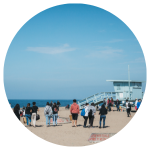 Brant started as a Beach Captain in 2022 and has exhibited multitalented capabilities of leading any station. Exceptionally helpful with uplifting all our new digital initiatives at our cleanups, such as the electronic check-in, waiver check, and DEI survey, Brant’s commitment to community outreach streamlines Heal the Bay’s Beach Program initiatives.
Brant started as a Beach Captain in 2022 and has exhibited multitalented capabilities of leading any station. Exceptionally helpful with uplifting all our new digital initiatives at our cleanups, such as the electronic check-in, waiver check, and DEI survey, Brant’s commitment to community outreach streamlines Heal the Bay’s Beach Program initiatives.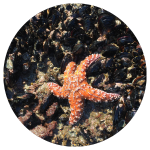 Alice began volunteering with Heal the Bay in 2022 and has been an excellent addition to the Beach Captains team. Alice hit the sand running, quickly optimizing our Nothin’ But Sand event procedures, most importantly, our registration booth protocols. With Alice at the registration desk the Beach Programs volunteer teams are able to check-in 300 attendees in an hour or less. In addition to serving as a teacher on the sand for other volunteers, Alice is one of our most dependable Beach Captains.
Alice began volunteering with Heal the Bay in 2022 and has been an excellent addition to the Beach Captains team. Alice hit the sand running, quickly optimizing our Nothin’ But Sand event procedures, most importantly, our registration booth protocols. With Alice at the registration desk the Beach Programs volunteer teams are able to check-in 300 attendees in an hour or less. In addition to serving as a teacher on the sand for other volunteers, Alice is one of our most dependable Beach Captains. David started volunteering his data analysis skills to Heal the Bay in 2020. In the past, he helped our water quality scientists assess dissolved oxygen levels in the Channel Islands Harbor, painting an impressive overview of the data through visuals and a results overview video. This year, David has started volunteering his time and expertise to help the Beach Programs team revive the marine debris database, integrating our historic data with current datasets, and helping Heal the Bay bring our historic marine debris database into a modern, accessible format. Thank you for making that dream a reality!
David started volunteering his data analysis skills to Heal the Bay in 2020. In the past, he helped our water quality scientists assess dissolved oxygen levels in the Channel Islands Harbor, painting an impressive overview of the data through visuals and a results overview video. This year, David has started volunteering his time and expertise to help the Beach Programs team revive the marine debris database, integrating our historic data with current datasets, and helping Heal the Bay bring our historic marine debris database into a modern, accessible format. Thank you for making that dream a reality!  Tasha Kolokotrones has been an MPA Watch volunteer with Heal the Bay since 2021. Inspired by a love of the outdoors, Tasha has conducted more than 50 MPA watch surveys earning honorable mention as one our most active MPA Watch volunteers. In 2022, Tasha submitted more surveys than 90% of our other program volunteers. Thanks to Tasha, our Marine Protected Area in Palos Verdes had consistent MPA Watch monitoring in 2022, an accomplishment all on its own!
Tasha Kolokotrones has been an MPA Watch volunteer with Heal the Bay since 2021. Inspired by a love of the outdoors, Tasha has conducted more than 50 MPA watch surveys earning honorable mention as one our most active MPA Watch volunteers. In 2022, Tasha submitted more surveys than 90% of our other program volunteers. Thanks to Tasha, our Marine Protected Area in Palos Verdes had consistent MPA Watch monitoring in 2022, an accomplishment all on its own! 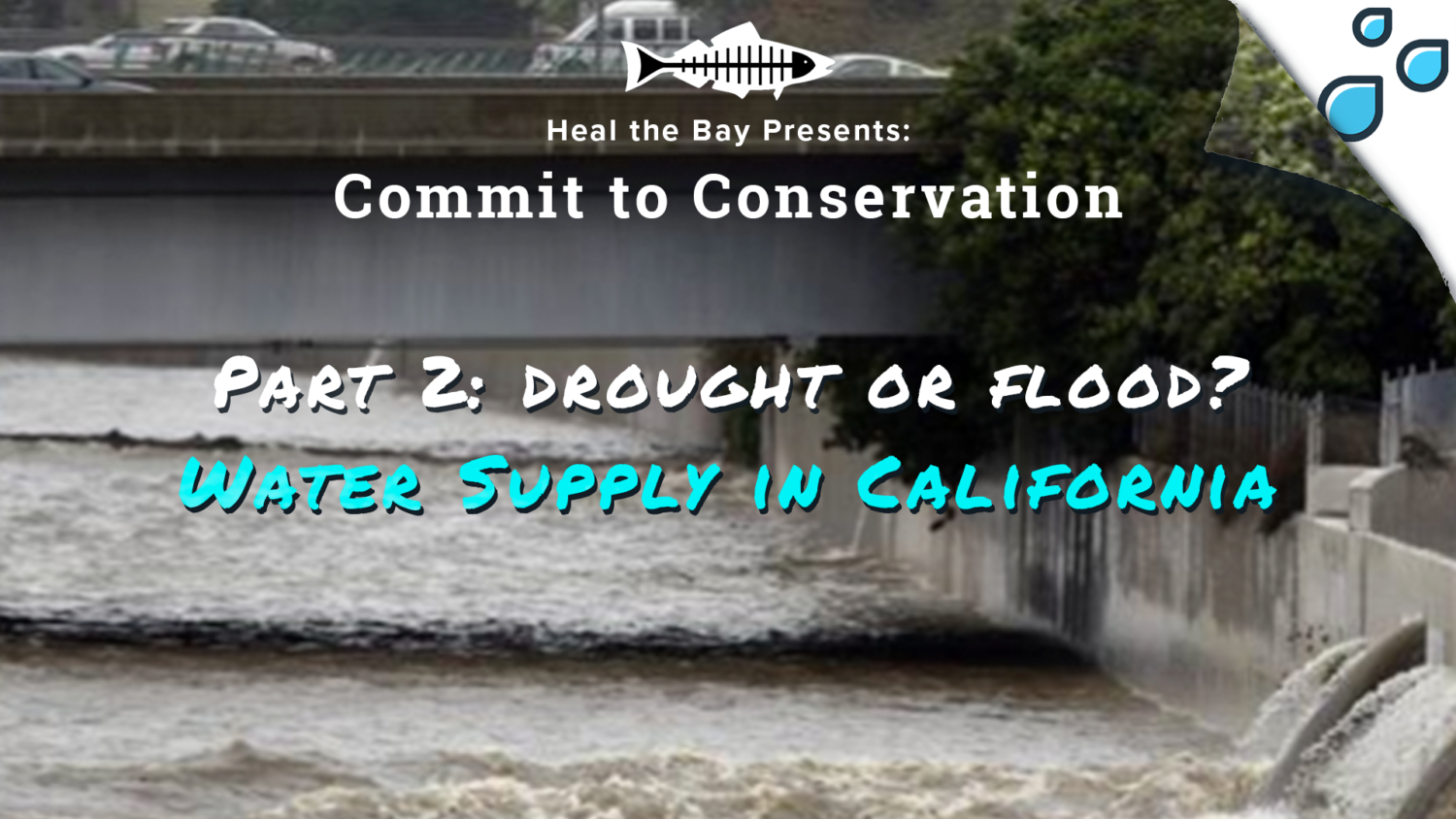
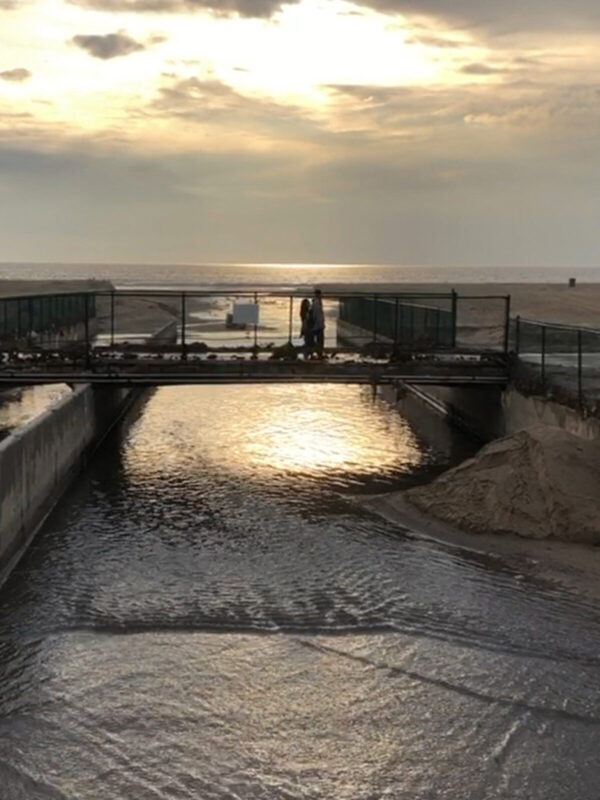
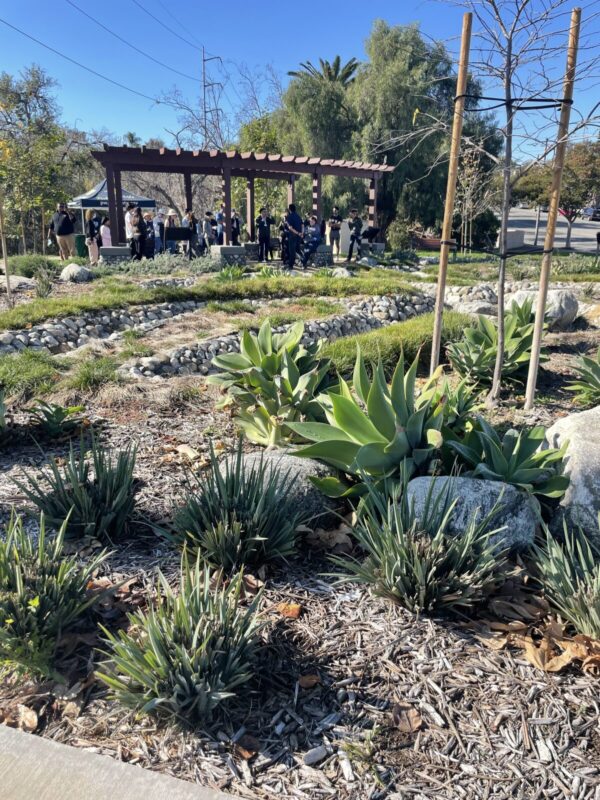
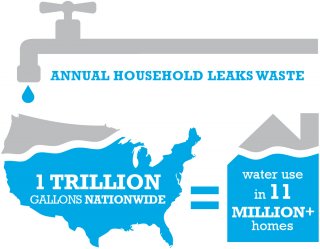
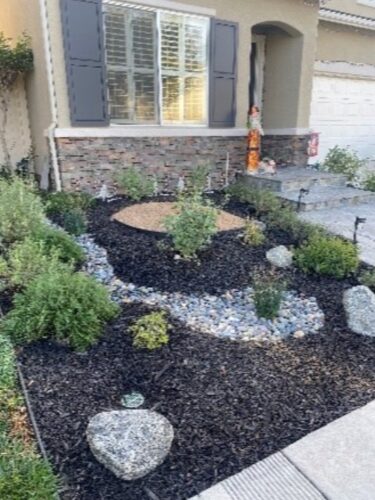
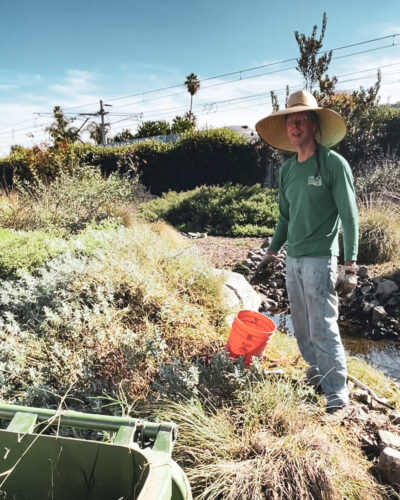
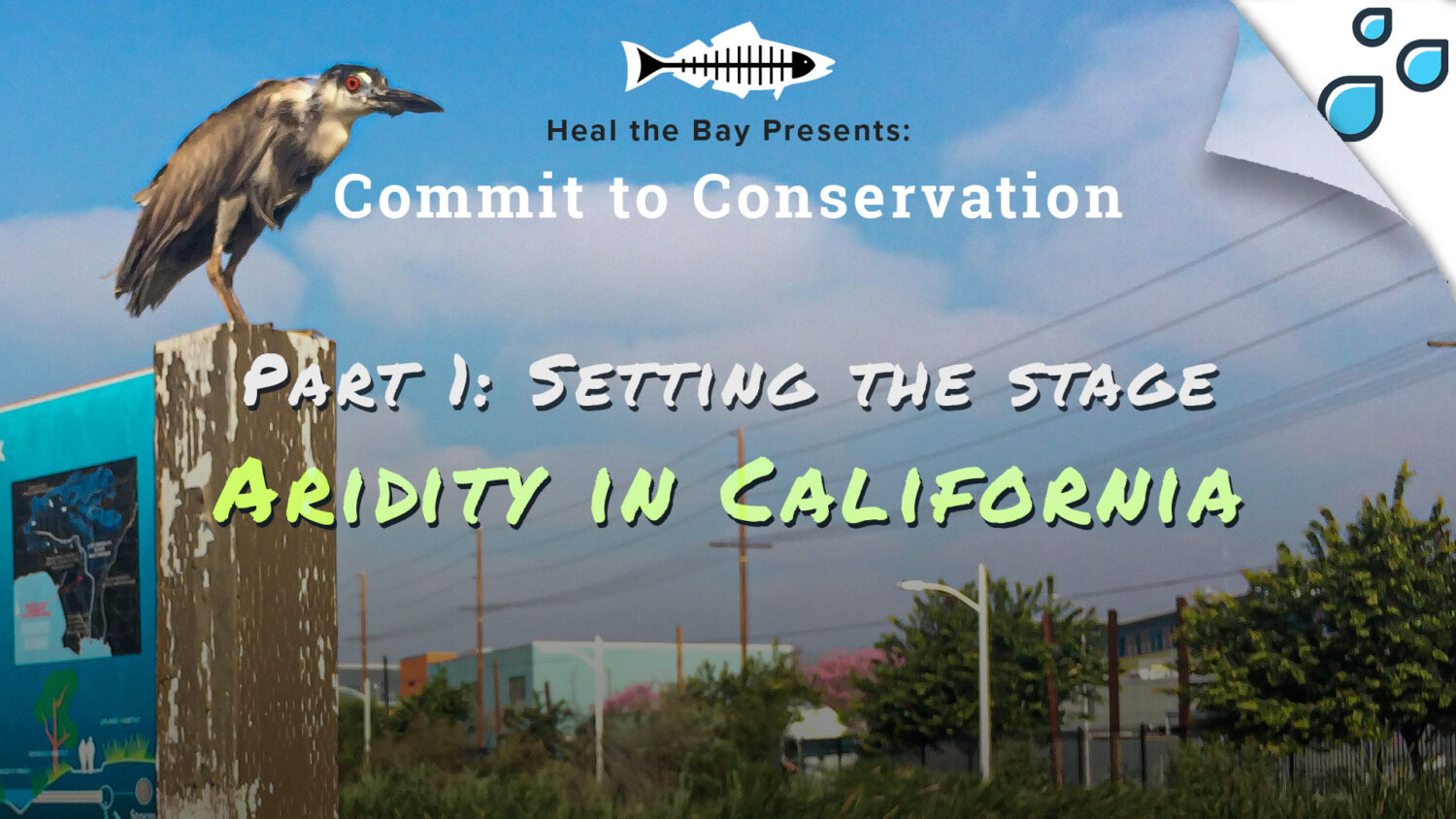
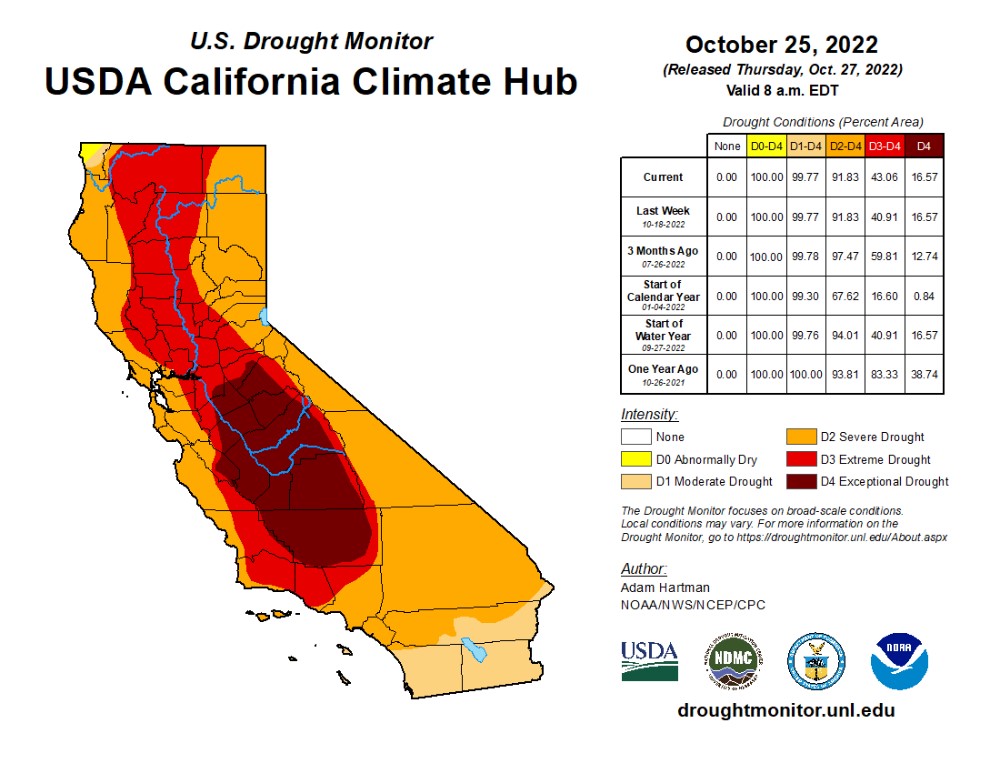
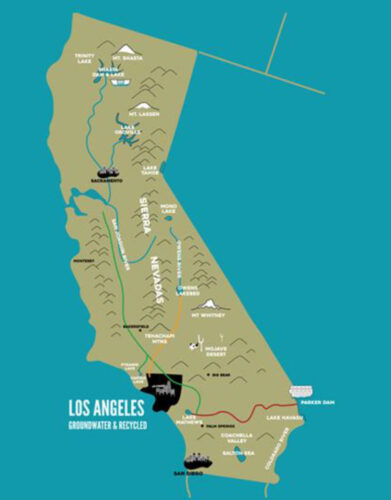
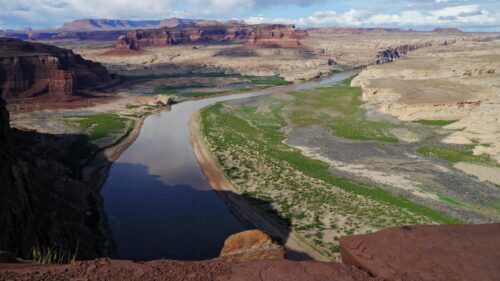

 Nature-based solutions for stormwater capture. Source: Heal the Bay
Nature-based solutions for stormwater capture. Source: Heal the Bay